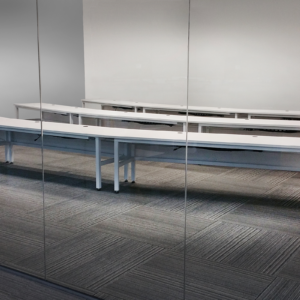New 2021 Bureau of Labor Statistics (BLS) Data Signals a Likely Return to Pre-Pandemic Accident Rates among America Workers

The Bureau of Labor Statistics (BLS) recently published its latest workplace accident and fatality reports for 2021, the second year of the pandemic.
What do the statistics tell us?
At a high level, it confirms that 2020, the first year of the pandemic, was a statistical outlier.

Compared to 2022 and the years before the pandemic, total injuries and illnesses were down significantly in 2020 in every category, save the healthcare and social assistance sectors, which had dramatically higher rates, presumably due to dramatic increases in respiratory disease caused by Covid.
Now that we have new BLS data from 2021, the second year of the pandemic, we can see that overall injury and illness rates are broadly reverting to their pre-pandemic 2019 norm.
The largest exception to this trend for 2021 was found in transportation and warehousing, both of which are experiencing a greater rate of incidents compared to both 2020 and 2019. Perhaps this increase is due to the rapid growth of e-commerce and home delivery services during the pandemic – or workers are less experienced and/or less safety conscious than in prior years.
Overall, the Transportation and Warehousing sector is essentially tied with Agriculture, Forestry, Fishing, and Hunting for the highest rate of injury cases among American workers, as shown in the following BLS chart:
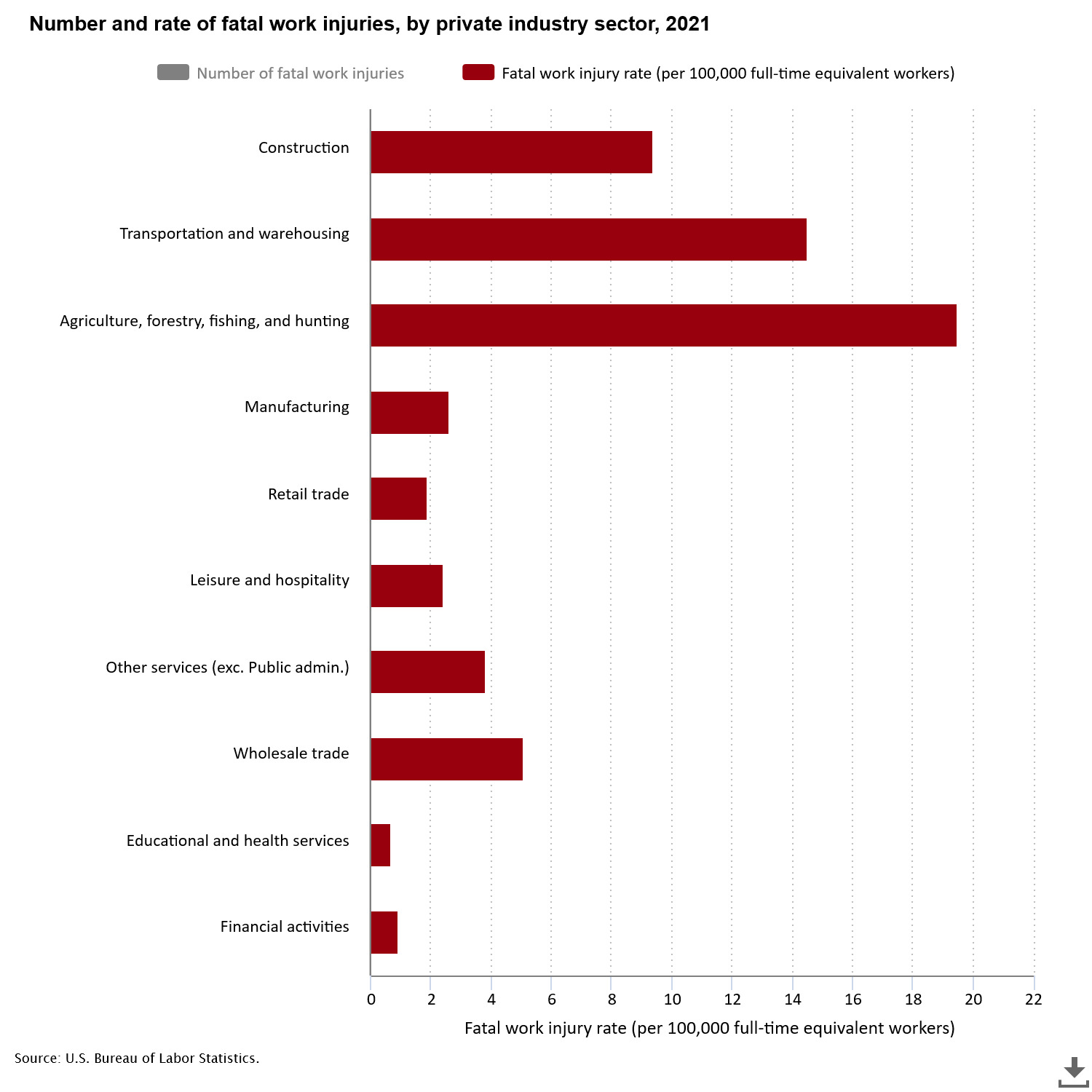
The third most dangerous sector for workplace injuries in 2021 is somewhat unexpected: Arts, Entertainment, and Recreation. This is followed by Healthcare and Social Assistance in 4th place and Retail Trade in 5th place. Perhaps these high rates of injuries reflect employees interfacing with the public during a period of significant Covid infections.

Manufacturing fell to 6th place in the number of nonfatal injuries, followed by the Construction industry in 7th place.
When it comes to fatal work injuries, the Agriculture, Forestry, Fishing, and Hunting sector was the most dangerous in 2021, with over 19 fatalities per 100,000 equivalent full-time workers.
This was followed by Transportation and Warehousing, then Construction. Interestingly, the Manufacturing Industry was in 6th place, with fewer workplace fatalities in 2021 than in the Wholesale Trade and the “Other Services” sector.

Dramatic Rise in Positive Cannabis Tests Among Workers Involved in Workplace Accidents
Unfortunately, it takes time for the BLS to compile its workplace safety statistics.
Based on past practices, we won’t expect BLS to release their 2022 workplace safety data until the end of 2023.
But, in the meantime, we are seeing some worrying new data from one of the leading clinical testing laboratories, Quest Diagnostics.
(Disclaimer: Quest Diagnostics is a Formaspace customer).
Quest Diagnostics recently published new data from their workplace drug testing services which appear to indicate there is a correlation between rising cannabis use by American workers and accidents on the job site.

Quest Diagnostics reports that positive cannabis test rates among American workers have climbed over the past decade to a new high of 4.8% in 2022 (this is significantly higher compared to the recent low 3.5% rates of 2010, 2011, and 2012).
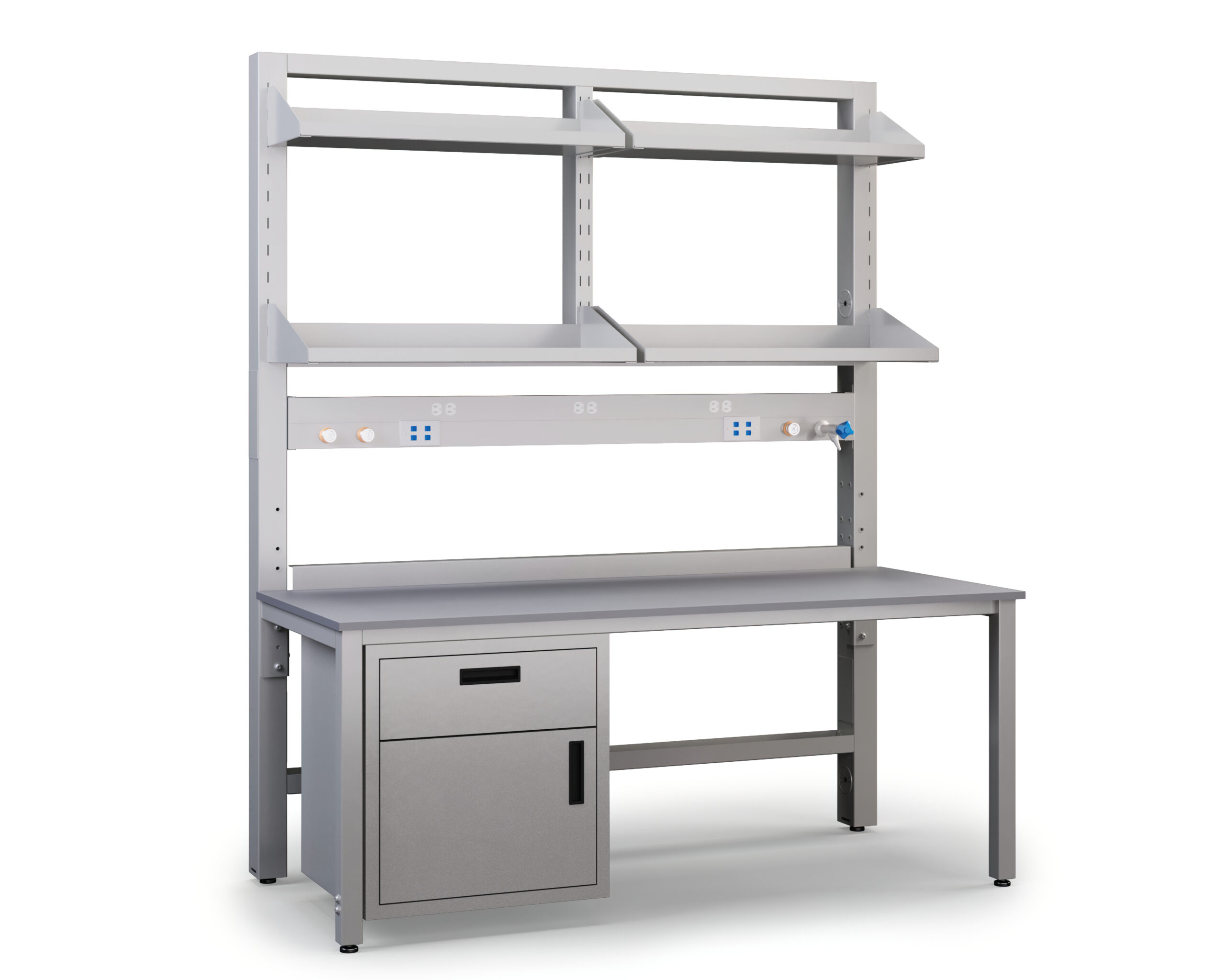
More concerning are the employee drug test results taken after a workplace accident.
Here, Quest Diagnostics reports that positive cannabis results (as measured by urine drug tests after an accident) climbed to 7.3% of workers involved in an accident.
Quest Diagnostics also notes that this post-accident cannabis positivity rate has increased by over 200% between the years 2012 and 2022.

Which industry sectors have the highest cannabis positivity rates?
According to Quest Diagnostics, these are the worst affected sectors, based on urine drug tests:
- Retail Trade at 7.7% (up 42.6% in 5 years)
- Accommodation and Food Services at 7.0% (up 42.6% in 5 years)
- Other Services at 6.2% (up 19.2% in 5 years)
- Wholesale Trade at 5.5% (up 27.9% in 5 years)
- Administrative Support, Waste, and Remediation Services at 5.5% (up 19.6% in 5 years)
In addition to positive Cannabis drug tests, Quest Diagnostics reports an increase in the use of other types of illicit drugs among American workers.
- During 2022, 1.5% of the general US workforce tested positive for amphetamines, including 0.75% of workers classified within the Federally Mandated, Safety-Sensitive Workforce testing program.
- Positivity for Cocaine use increased slightly in 2022, to 0.22% for workers overall, with no increase among federally-mandated safety-sensitive workforce (0.21%). The five-year trend for cocaine use is down over 20%.
- Heroin use (as measured by the 6-AM metabolite) was down 53% year over year among workers overall (at 0.006% in 2022). The decrease in heroin use among the federally-mandated safety-sensitive workforce declined 40% year over year to 0.003% in 2022.
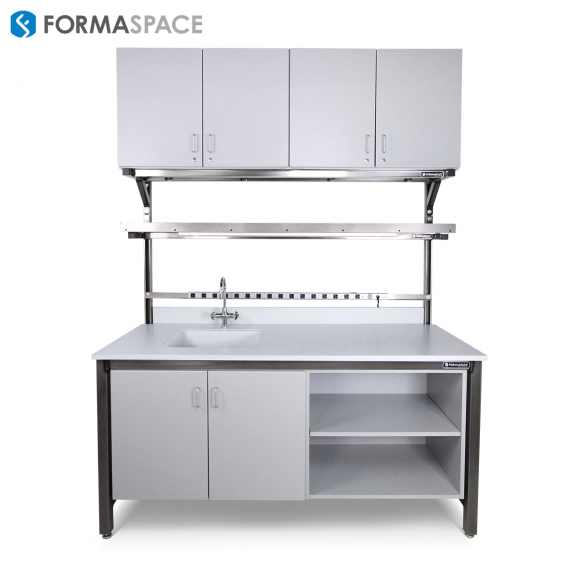
How Should Employers Respond to These New Statistics to Keep Workers Safe on the Job?
Employers should look at these newly available statistics carefully when making a workplace safety plan.
Here are some general suggestions of where to focus your efforts, but each industry and situation is different, so choose your priorities accordingly.
· Focus on Preventing Transpiration and Material Handling Accidents
According to the BLS, fatal accidents in transportation and material handling were up significantly in 2021, increasing 18.8% year over year compared to 2020. Transportation accidents accounted for nearly 40% of all fatal work-related accidents in 2021.
· Assess if Drug Use is a Problem in Your Industry Sector
The statistics published by Quest Diagnostics provide some useful insights that highlight which industry sectors have the highest incidence of cannabis drug use. So if your business falls in one of these top categories, you might want to institute a drug awareness and ongoing testing program for employees.
All employers should take note that cannabis positivity rates are increasing among workers involved in workplace accidents. It’s also important to note that applicants who take a mandatory drug test before hiring exhibit lower positive rates of cannabis use (at the time) compared to full-time employees who are involved in a workplace accident.
· Use the 2022 Liberty Mutual Research Institute for Safety Report to Identify and Prevent the Most Costly Accidents
Our third tip for employers wanting to increase workplace safety is to refer to the 2022 Liberty Mutual Research Institute for Safety Report to zero in on the most costly workplace accidents.
(Disclaimer: the 2022 report relies on accident data from 2019, but historically the accident categories have remained fairly stable.)
According to Liberty Mutual’s 2022 Safety Report, these are the top 10 most costly nonfatal workplace accidents in terms of lost productivity and business compensation costs:
- Overexertion involving outside sources (handling objects)
(21.76% of total accidents, costing $12.63 billion) - Falls on same level
(17.67% of total nonfatal accidents, costing 10.26 billion) - Struck by object or equipment (being hit by objects)
(9.76% of total nonfatal accidents, costing $5.66 billion) - Falls to lower level
(8.73% of total nonfatal accidents, costing $5.07 billion) - Other exertions or bodily reactions (awkward postures)
(6.91% of total nonfatal accidents, costing $4.01 billion) - Roadway incidents involving motorized land vehicles (vehicle crashes)
(6.18% of total nonfatal accidents, costing $3.59 billion) - Slip or trip without fall
(4.34% of total nonfatal accidents, costing $2.52 billion) - Caught in or compressed by equipment or objects (running equipment or machines)
(3.77% of total nonfatal accidents, costing $2.19 billion) - Struck against object or equipment (colliding with objects)
(3.22% of total nonfatal accidents, costing $1.87 billion) - Non-roadway incidents involving motorized land vehicles
(2.39% of total nonfatal accidents, costing $1.39 billion)
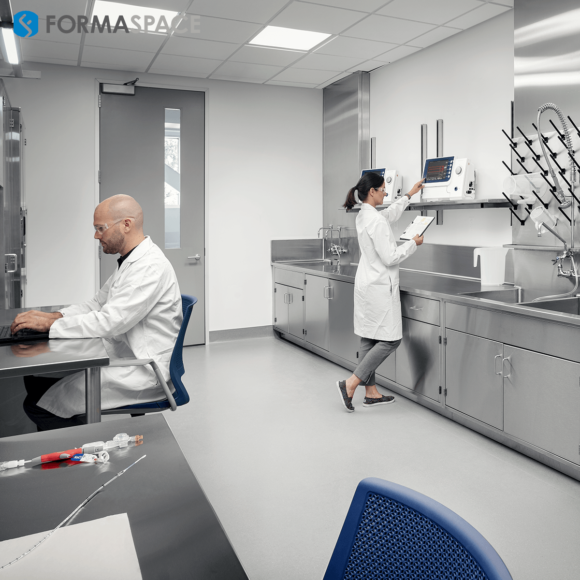
Formaspace is Your Partner for Safer Workspaces
If you can imagine it, we can build it, here at our factory headquarters in Austin, Texas.
Talk to your Formaspace Design Consultant today. Find out how we can work together to make your industrial workplace, laboratory, school, or office a safer, more productive place to work.





